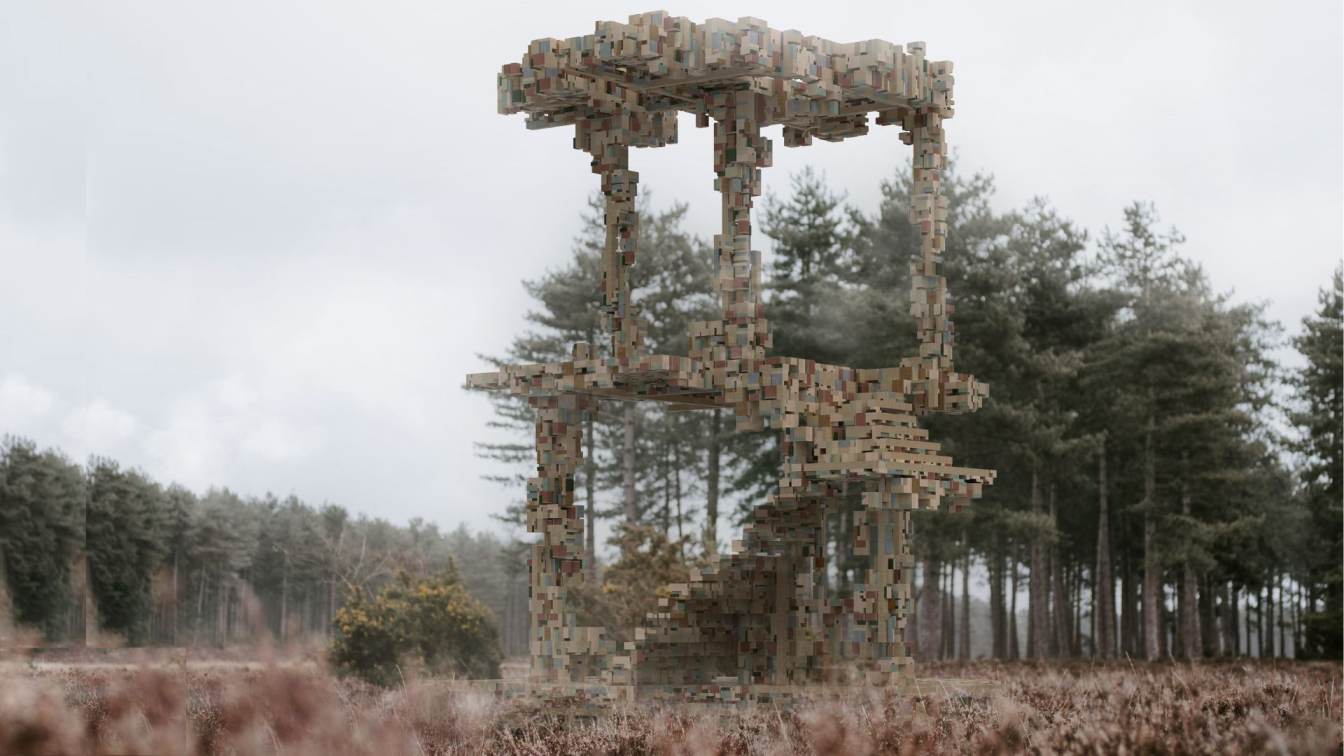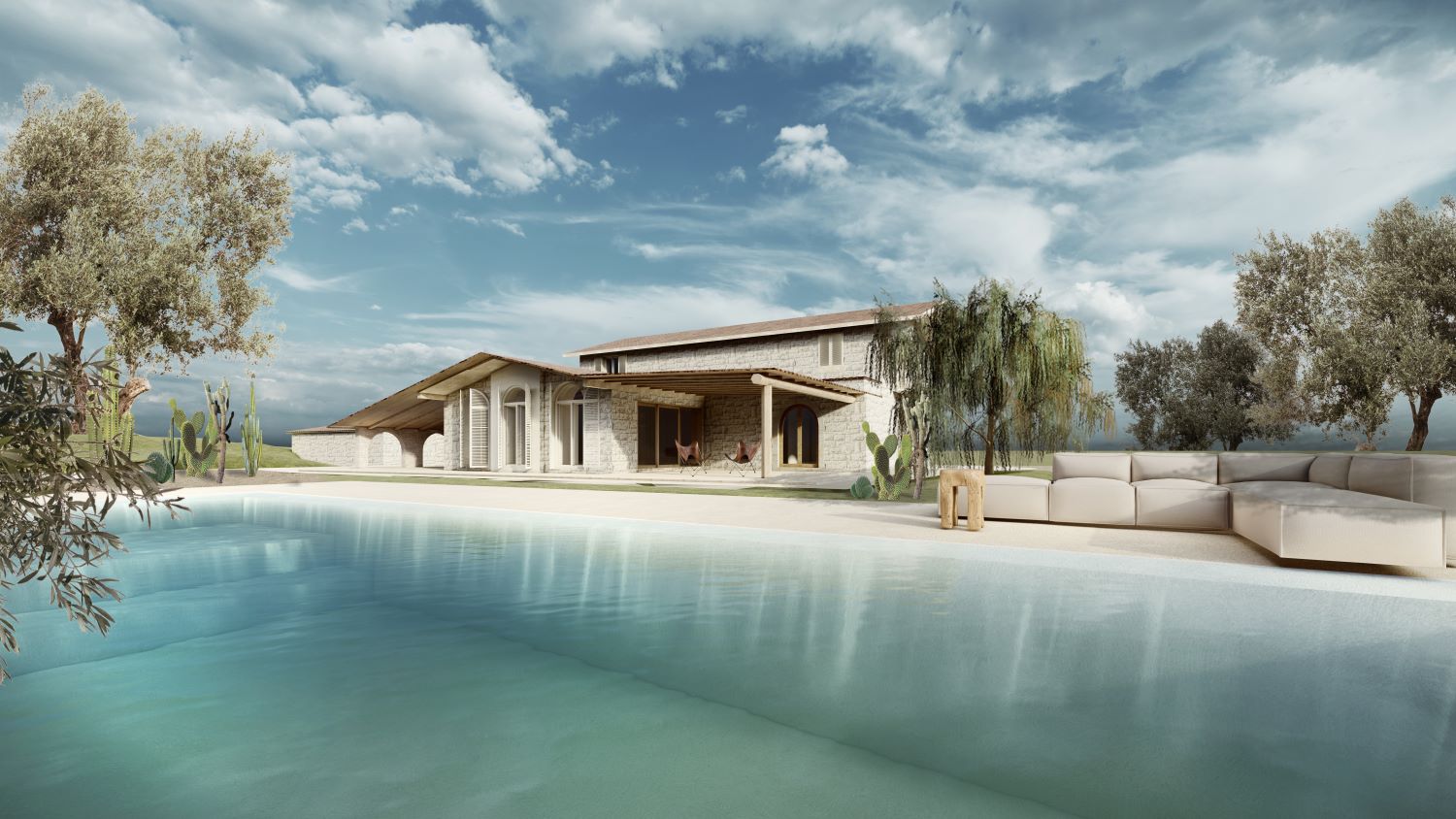Boyuan Yu, Jianing Luo, Yi Shi: This project redefines waste wood as a valuable architectural resource by introducing a replicable framework for sustainable building design and construction (SBDC). Rooted in circular economy principles, the project addresses the pressing challenge of reusing irregular off-cut wood—material typically dismissed due to its non-standard geometry and lack of design integration methods.
The SBDC framework comprises three key components: a Material Reclamation System (MRS) that uses 3D scanning technologies (LiDAR, photogrammetry, laser scanning) to digitize and catalogue reclaimed wood; a Structure Generation and Assessment System (SGAS) that employs voxel-based packing, algorithmic generation (via Wave Function Collapse), and Finite Element Analysis (FEA) for structural optimization; and a Fabrication Process that spans furniture, architectural components, and full-scale pavilions.
Inspired by the aesthetics and ecological potential of reclaimed wood, the team developed multiple prototypes—from voxelized stools and load-bearing columns to a full-scale architectural pavilion named the Primitive Hut. Each design demonstrates material-driven logic, optimized packing strategies, and performance-tested assemblies that minimize further processing.
The project’s innovative design methods tackle both technical and environmental challenges. By establishing a digital material database, enabling computational design with reclaimed inputs, and integrating AR-based assembly support, the framework offers a scalable solution for the AEC industry’s shift toward material reuse and sustainability. Through this work, waste wood is not only diverted from landfills but transformed into structurally viable, visually compelling, and environmentally responsible architecture.
















